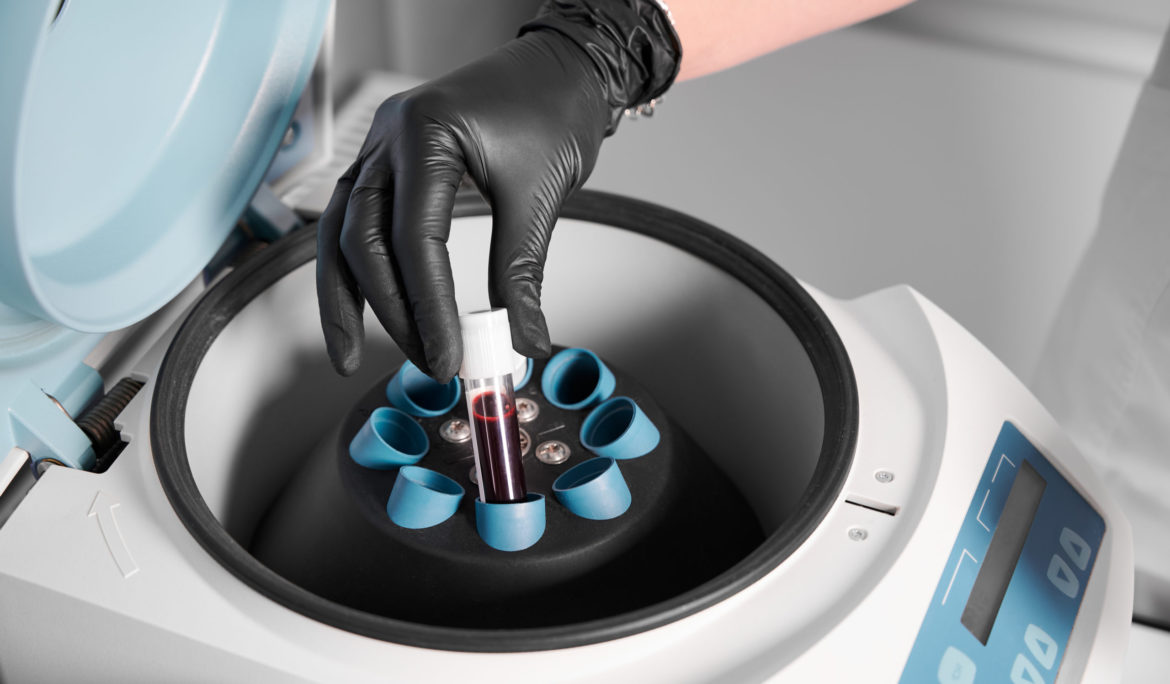PRP Treatment Protocol in Clinical Practice: Enhancing IVF Success Rates

In recent years, Platelet-Rich Plasma (PRP) therapy has emerged as a groundbreaking advancement in the realm of reproductive medicine, offering new hope to couples facing infertility challenges. This innovative treatment harnesses the healing power of a patient’s own blood to improve the success rates of In Vitro Fertilization (IVF) procedures. This article delves into how clinics incorporate PRP therapy into their IVF protocols, the patient selection criteria, and the treatment schedule.
Understanding PRP Therapy in Reproductive Medicine
PRP therapy involves concentrating platelets from the patient’s own blood and injecting them into the uterine lining. These platelets release growth factors and cytokines, promoting tissue repair and enhancing the endometrial lining’s receptivity to embryo implantation. This method is particularly beneficial for individuals with a history of failed IVF attempts due to thin endometrial linings.
Incorporating PRP Therapy into IVF Protocols
Fertility clinics have begun integrating PRP therapy into their standard IVF protocols due to its potential to significantly improve pregnancy outcomes. The process typically involves the following steps:
- Initial Consultation and Evaluation: Prospective patients undergo a thorough medical examination and history review to determine their suitability for PRP therapy. This includes evaluating their previous IVF cycles and the historical thickness of their endometrial lining.
- Patient Selection: Candidates for PRP therapy generally include those who have experienced recurrent IVF failures, particularly when attributed to inadequate endometrial development. Patients with endometrial linings consistently measuring less than 7 mm are often considered ideal candidates.
- Blood Collection and PRP Preparation: On the day of the treatment, a small amount of blood is drawn from the patient. This blood is then processed in a centrifuge to separate and concentrate the platelets, creating the PRP.
- PRP Infusion: The concentrated PRP is then injected into the uterine cavity through a minimally invasive procedure, typically a few days before the embryo transfer. The timing is crucial as it allows the growth factors to stimulate the endometrial lining optimally.
- Monitoring and Follow-up: Patients are closely monitored post-PRP infusion for any adverse reactions and to assess the endometrial lining’s response through ultrasound measurements. Adjustments to the IVF protocol may be made based on these observations.
Benefits of PRP in IVF Treatments
The primary benefit of integrating PRP therapy into IVF treatments is the improved quality and thickness of the endometrial lining, which is crucial for embryo implantation. By enhancing endometrial receptivity, PRP therapy increases the chances of successful pregnancy and live birth rates. Additionally, since the procedure uses the patient’s own blood, the risk of allergic reactions or infections is minimal.
Patient Experience and Success Stories
Many patients who have undergone PRP therapy in conjunction with IVF treatments report positive experiences, noting minimal discomfort during the procedure. Success stories often highlight significant improvements in endometrial thickness and overall pregnancy outcomes, providing encouragement to others facing similar fertility challenges.
Conclusion
PRP therapy represents a promising addition to traditional IVF protocols, offering a new avenue for enhancing fertility treatments’ effectiveness. By understanding the detailed protocol, patient selection criteria, and treatment schedule, clinics can offer this innovative option to suitable candidates, potentially transforming their journey toward parenthood. As research continues to unfold, the integration of PRP therapy into clinical practice is poised to become a standard complement to reproductive medicine, offering hope to countless individuals striving to build their families.
Embark on Your Journey
If you are considering IVF and have faced challenges with endometrial receptivity, consult with a fertility specialist about the possibility of incorporating PRP therapy into your treatment plan. With the right approach and expert care, PRP therapy could be the key to unlocking your fertility potential.


